Blue carbon is the carbon that is stored in mangroves and seagrass, which are blue carbon ecosystems. For this reason, mangrove and seagrass carbon storage are extremely high. These ecosystems have a great capacity to take up and store carbon in the atmosphere. What a great way to mitigate climate change! Furthermore, participating in citizen science training and projects is equally important. With this, all of us have a great contribution to the community and scientific research.
Citizen Science Training
BlueCARES’ network called BCnet, is organizing citizen science training as part of their blue carbon initiative. They invited Oceanus Conservation as pilot users for the blue carbon mangrove and seagrass citizen science monitoring protocol. Working together in this project are ABS-CBN Foundation’s Bantay Kalikasan and researchers from Hokkaido University and UP Diliman to help facilitate the workshops and training for two (2) local communities in Lobo. The entire team participated in this training last March 28-April 3, 2022 in Lobo, Batangas.


Thus, the team is learning a lot from the training by using certain tools such as GPS and the Locus GIS application to map mangrove and seagrass zones, identify different species, collect samples from the field, and work with the local community. Alongside this, the local community learned a lot as well! They have identified mangrove species well, learned new seagrass species, and navigated mangrove and seagrass areas using their phones.


Oceanus plans to implement this in their project sites in Mindanao as well. Together with the ongoing projects on the restoration of mangroves, this blue carbon project of training the local community to map and identify different mangrove and seagrass species in their own areas will help them monitor these ecosystems better. Indeed, this project will greatly benefit the entire community!
To support our projects and future partnerships, click here


